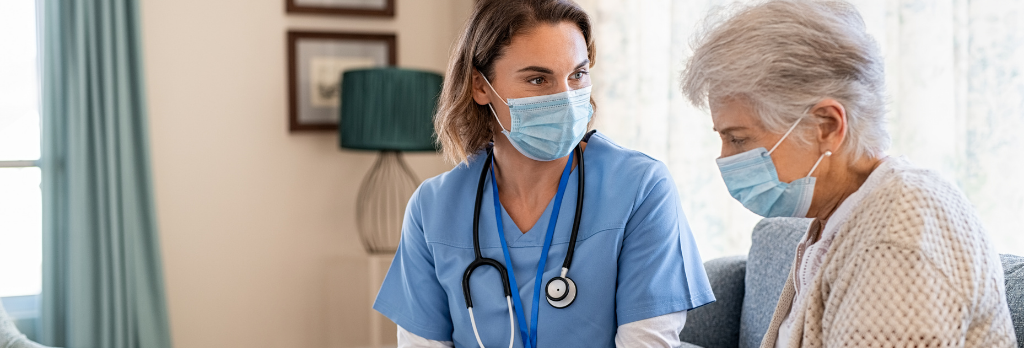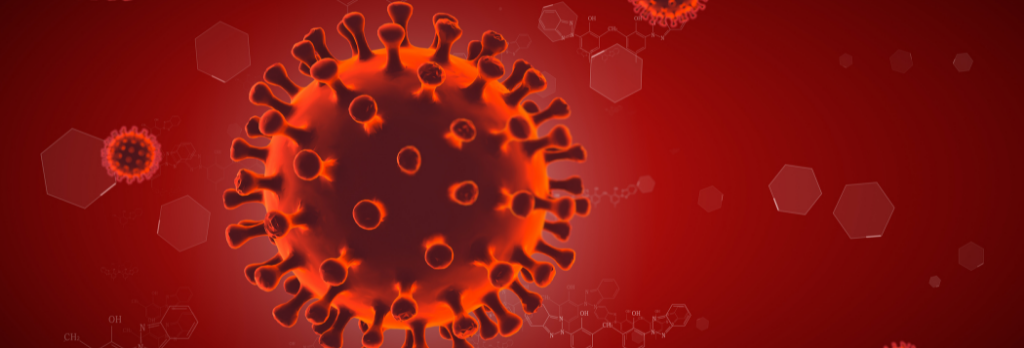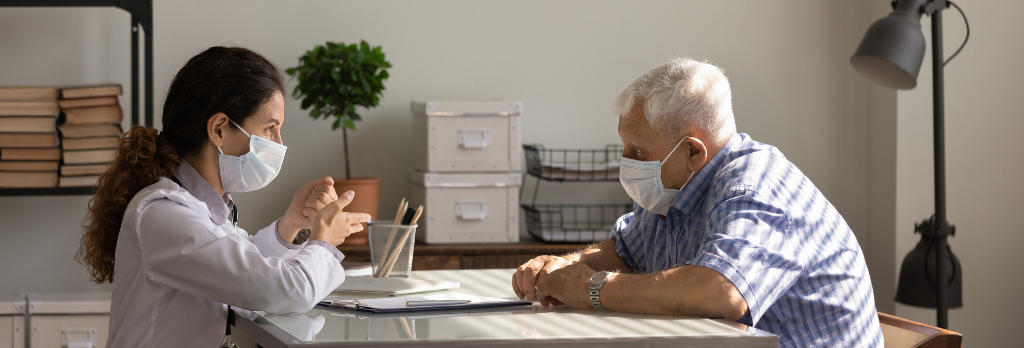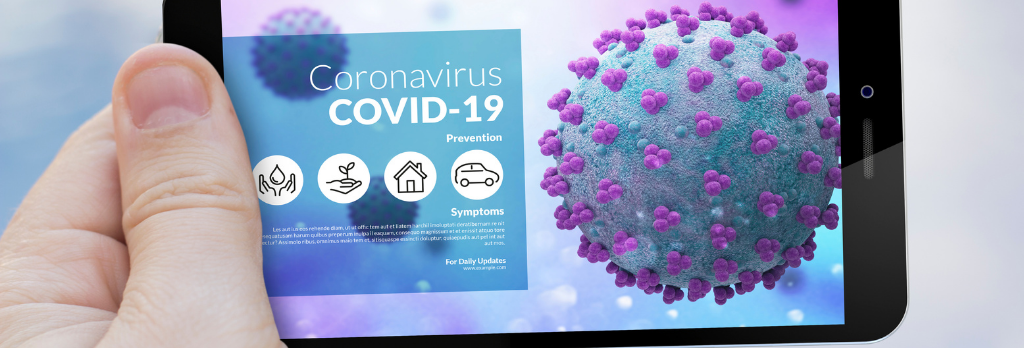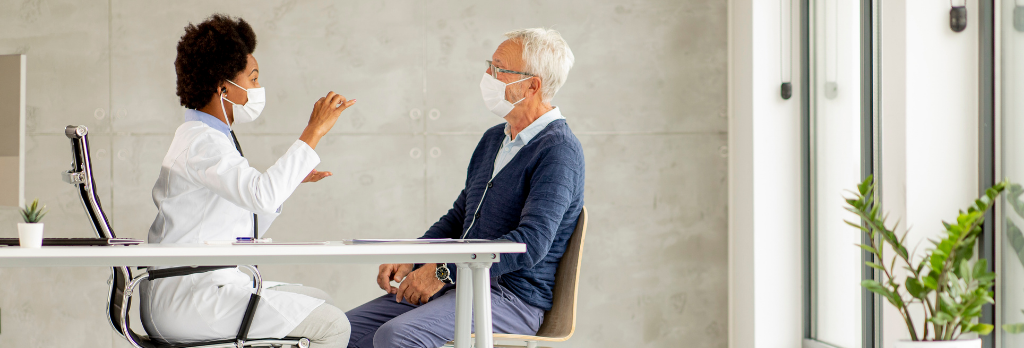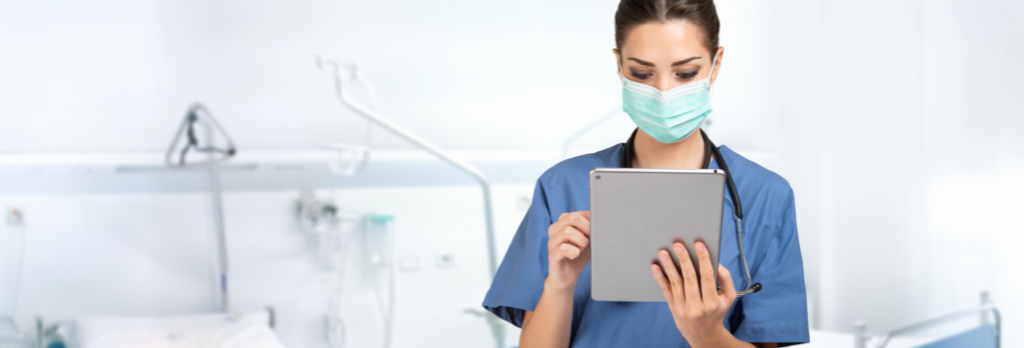COVID-19 Viral Testing Tool
July 16, 2021The COVID-19 Viral Testing Tool is an interactive web tool designed to help both healthcare providers and individuals understand COVID-19 testing options. This tool helps healthcare providers quickly access the most relevant, actionable information to determine what type(s) of COVID-19 testing they should recommend to patients. The tool helps individuals determine what type of test they should seek. After test results are in, the tool can help interpret test results and guide next steps.
The online, mobile-friendly tool asks a series of questions, and provides recommended actions and resources based on the user’s responses.
To use the COVID-19 Viral Testing Tool, click here: Testing | CDC



